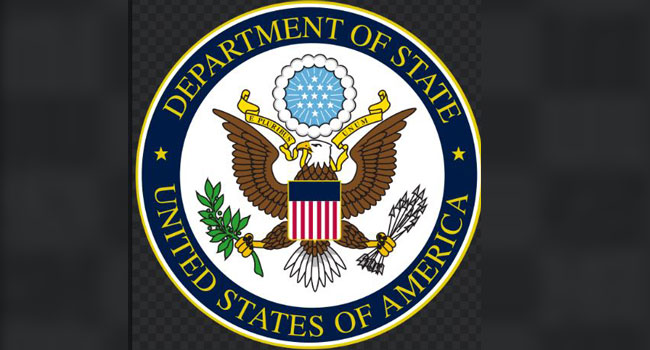The U.S. government is leading an effort to build a new 800 km rail line connecting Angola, the Democratic Republic of Congo (DRC), and Zambia.
Acting Special Coordinator for the Partnership on Global Infrastructure Investment, Helaina Matza, made this known during a press briefing.
The rail line will run from Chingola, Zambia, to Luau, Angola, crossing through the DRC. It is part of the U.S.-led Global Infrastructure Partnership (GIP) initiative, which aims to mobilise $600 billion in infrastructure investment globally by 2027.
The rail project will be developed through a public-private partnership between the U.S. International Development Finance Corporation (DFC), the African Development Bank (AfDB), Africa Finance Corporation (AFC) and the European Union. The partners have committed $10 million to fund a feasibility study for the rail line, which they aim to complete within six months.
Matza stated that the rail line is the “flagship contribution” of the U.S. to the GIP in Africa. He emphasised that a key goal is to demonstrate that major infrastructure projects in Africa can be designed and financed commercially.
The new rail is intended to boost regional trade and connectivity. The U.S. sees opportunities to support interconnected investments in energy, ICT infrastructure, and agricultural cold chain logistics along the corridor.
According Helaina, U.S. companies and financing will ensure high standards for environmental sustainability and community engagement. He stated that transparency, open access, and benefits for local populations are core principles.
During the briefing, GOVIMA asked, “What strategies are in place to ensure this rail project is environmentally and socially sustainable? And other one is the security measures that will be put in place by the United States of America to ensure that this project is safeguarded given its cross-border nature.
Then thirdly, please, these countries—we all know they have some—have certain peculiarities that regard intra-security situations. So, to make it sustainable, what is the plan of the United States government to partner with beneficiary countries so they understand the metrics of their security in their home countries to ensure that they carry the local—maybe local government, kings and chiefs, and all that along—to be able to enlighten their people that it’s for our local and national development so they are able to protect it?
In Zambia, the project largely aligns with existing roads, but there are still challenges to address, such as community connections and relocation issues specific to rail development.
The Angolan side involves a significant greenfield area, and partners like the African Development Bank (AFDB), the U.S., and European stakeholders will ensure high environmental standards in project design and financing.
The funding approach itself encourages environmentally responsible practises, fostering competition among Western investments in host countries. Large-scale companies with diverse shareholders are expected to prioritise environmental stewardship. The U.S. financing agencies also have clear guidelines to uphold international environmental standards.
Lessons learned from Angola and the DRC will inform the project’s cost and operational design, with a focus on safety and monitoring. These vital aspects will be further refined as more information is gathered during the feasibility study, stressed Special Coordinator Matza.
The total cost for constructing the line is estimated at over $1 billion, although Hochstein noted the final figure could be significantly higher. The partners aim to complete construction within 5 years, an ambitious timeline for a cross-border rail project of this scale.
The rail project is part of broader U.S. efforts to counter Chinese influence through infrastructure investment in Africa. While not directly mentioning China, Helaina emphasised the U.S. commitment to transparency, sustainability, and community engagement.



